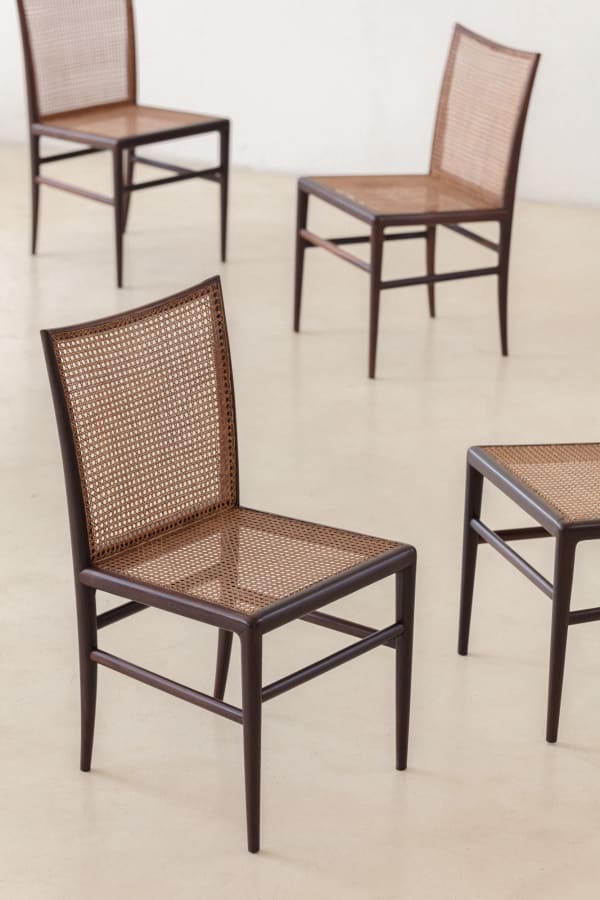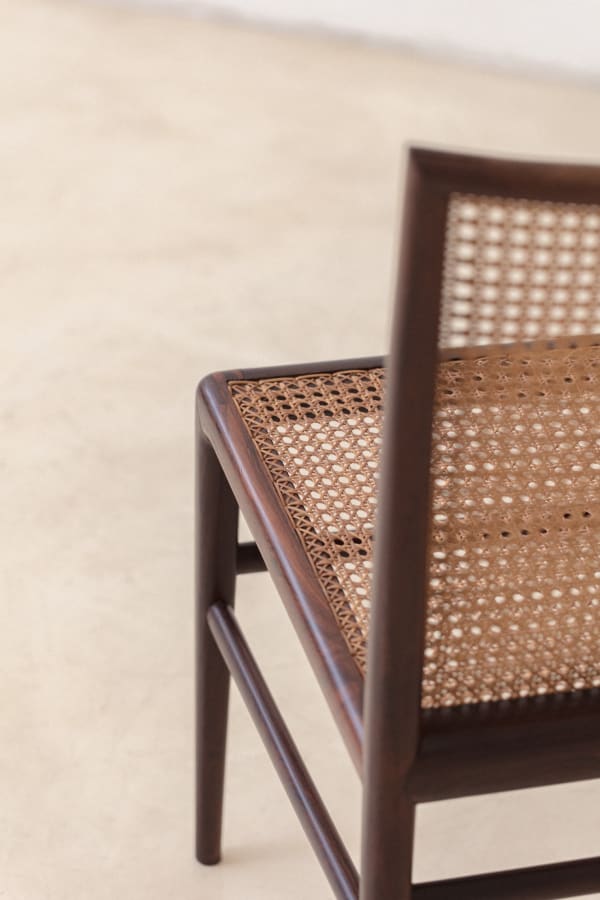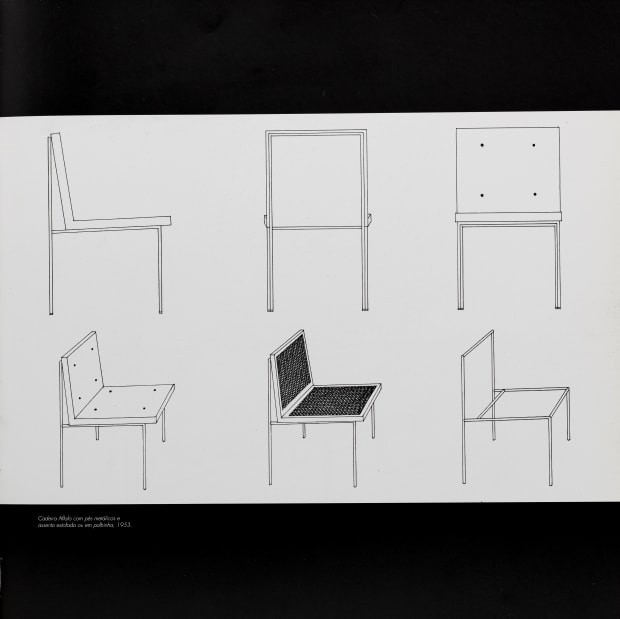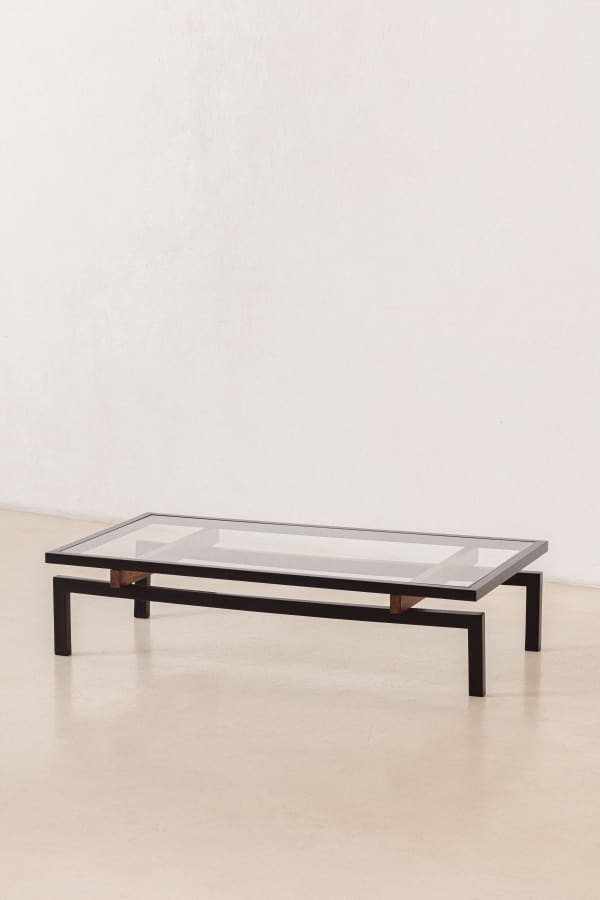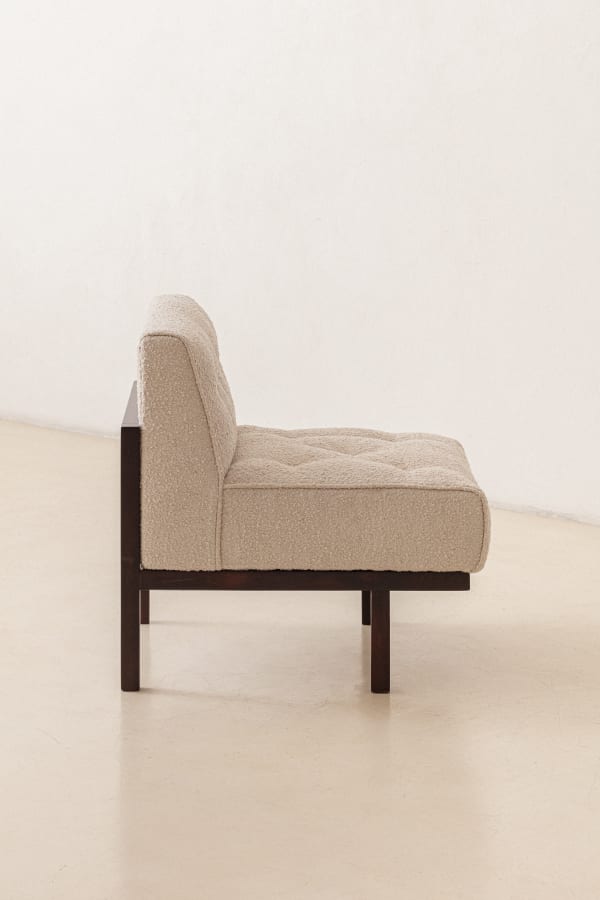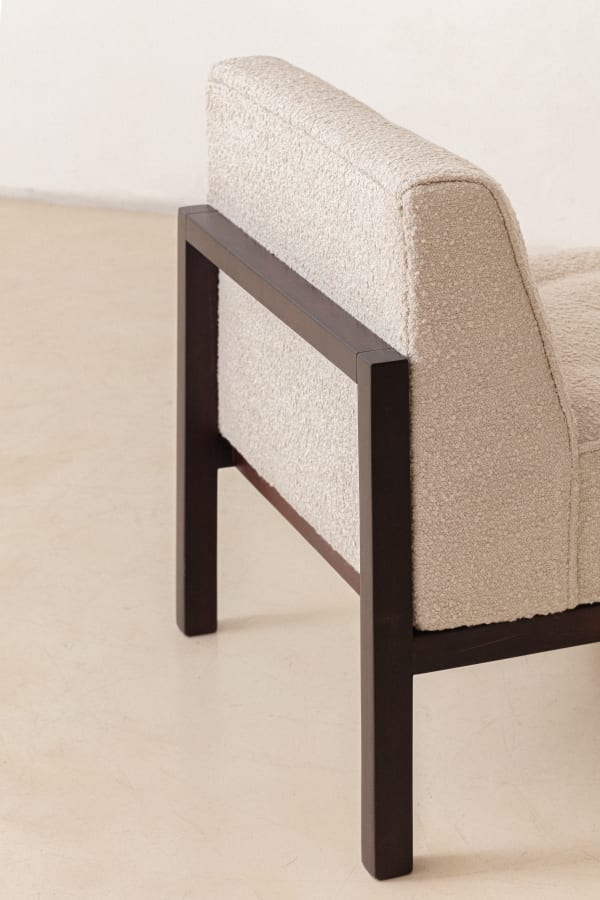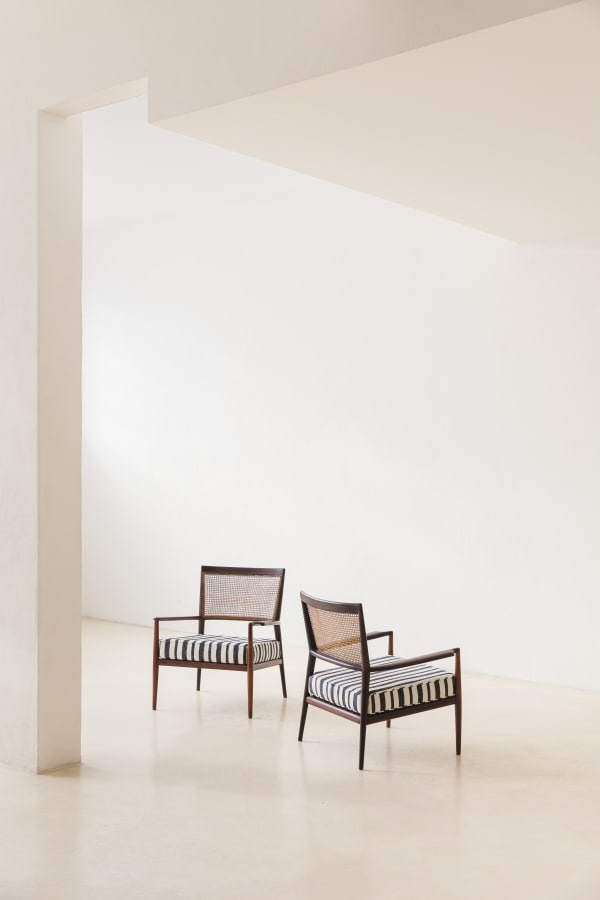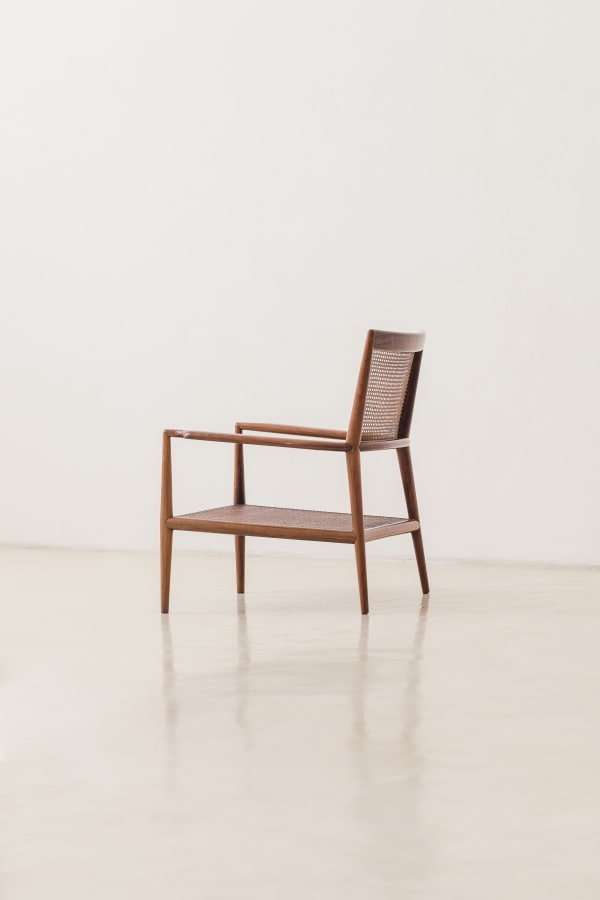-
-
Branco & Preto was a furniture store that produced and sold rationalist pieces and refined craftsmanship, representing a great innovation in Brazil between 1952 and 1970. It was a pioneering company in interior architecture when people didn't consider interiors and buildings as integrated.
Thinking ahead of their society, the company sought to draw Brazilian parallels with issues already emerging in other countries. The minds behind Branco & Preto believed in universal art, achieved through openness to different cultures and the assimilation of foreign ideas. For this, they sought to do what was done outside in the same way and with the same discipline in Brazil. This stance forced the evolution of businesses and outlined the professions of architects and designers.
Here, we have gathered some of the pieces in the Bossa collection – true rarities since the company's furniture production was more related to interior projects, not series production. Less known by the general public, Branco & Preto is one of the essential companies in the history of Brazilian design that needs to be valued and shared. -

-
In 1950, São Paulo still was a provincial city when architects began to design and build modern houses. It was very challenging to find furniture suitable for these new spaces on the market and capable professionals to solve this issue. A group of architects – former students from the Architecture Faculty at Mackenzie University – organized themselves to fill this gap in industry and commerce.
They believed that furniture and interior space should integrate and meet the needs of modern buildings.
Roberto Aflalo was then a consultant for a well-known furniture store called Ambiente, where he had some experience as a designer. One day, he proposed to his colleagues that they set up a shop and draw up furniture designs, as it was an activity closely linked to architecture. The proposal had a tremendous impact: everyone agreed. The new business society had Miguel Forte, Jacob Ruchti, Plínio Croce, Roberto Aflalo, Carlos Millan, and Chen Y Hwa, the Chinese architect who worked with them. -

-
The architects at Branco & Preto designed privileging function over form. The designs could be manufactured in series, but the absence of a consumer market and difficulties in managing an industry never allowed such consideration.
-

-
-
The architects designed a complete furniture line for the store's installation with armchairs, sofas, and tables. In addition to fabrics, they tried to exhibit handicrafts, wicker baskets, or fine woven bamboo. The Brazilian lighting company Dominici even made exclusive lampshades for the store, following the architects' designs, and curtains designed to be silk-screened.
-
The store worked at Vieira de Carvalho Street, a beautiful and elegant street in the current center of São Paulo. Ambiances of a house, such as a living room, a dining room, and a games room, were organized in the store space to expose how to use the objects for sale. To facilitate furniture commercialization, the Branco & Preto architects prepared decoration projects for customers who wanted them. Most of the time, they studied rooms that they had not projected.
-
Branco & Preto produced authentic fabrics at a wool factory called Lanificio Fileppo, which created a unique wool weave at the architects' request. Thus, it was possible to manufacture an extensive and well-defined range of colors to match each other. There were a series of striped decorative fabrics: cushions, curtains, bedspreads, or even an armchair. These fabrics with black or white stripes were associated with different colors, using patterns designed by the architects of Branco & Preto.
-

-

-
The six-person partnership was short-lived. Jacob, Chen, and Plínio left soon. Branco & Preto started to belong only to Miguel Forte, Roberto Aflalo, and Carlos Millan. As the store continued to be very successful, they decided to open a branch on Rua Augusta, which became a store specializing more in fabrics than furniture.
Branco & Preto ended due to the disinterest of architects who wanted to follow other paths or, perhaps, the inability for commercial activity. It also ended with rising costs and few skilled laborers in the market- good artisans were rare. Moreover, B&P furniture was costly: it sold little, was copied indiscriminately, and had minimal economic returns. -
The store existed as long as it filled a professional need:
the pleasure of realizing to the end a house they had conceived. -
-
This text used excerpts from the book "Branco & Preto: uma história de design brasileiro nos anos 50" (free translation: Branco & Preto: a history of Brazilian design in the 1950s), written by Marlene Milan Acayaba and published in 1994 by Instituto Lina Bo e P.M. Bardi.

